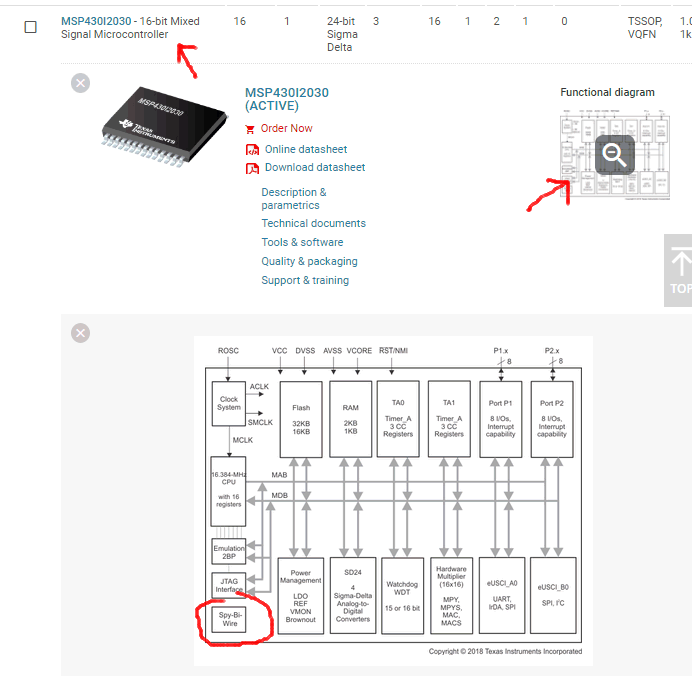Other Parts Discussed in Thread: MSP-EM-DESIGN-CENTER, EVM430-F6779, MSP-TS430PEU128, MSP-FET
Hi
I'm trying to build an energy meter. I choose the MSP430f677x series as a micro controller for this purpose.
Earlier I have been only working around ready made controllers such as r-pi or MSP432E4 eval board. This time I would like to create my own microcontroller board using MSP430f6779. Can someone help me with the following questions?
- I would like to know what are the external components required for the micro controller(Like crystal oscillator). A basic circuit diagram would be helpful.
- I would like to know how to burn program on to the micro controller. Is any extra component required for USB debugger interface?(I don't have JTAG debugger)



